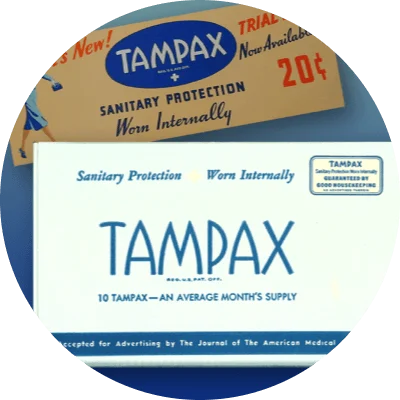3/22/2024
From Failure to Launch: How P&G’s Heritage Inspires Innovation

For more than 187 years, P&G has been improving lives with industry-leading products. Understanding our rich history is key to meeting consumer needs.
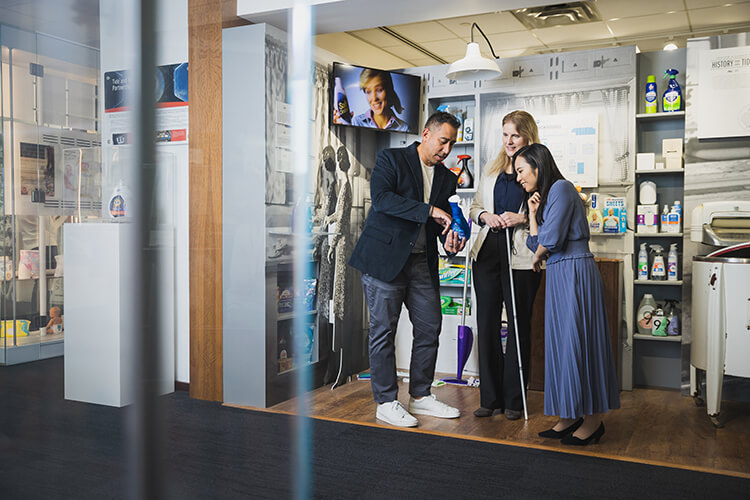
It’s said “history is the best teacher.” At the P&G Heritage & Archives Center, located in the Company’s Cincinnati headquarters, the Company’s history provides a legacy of continuous learning to inspire future innovation.
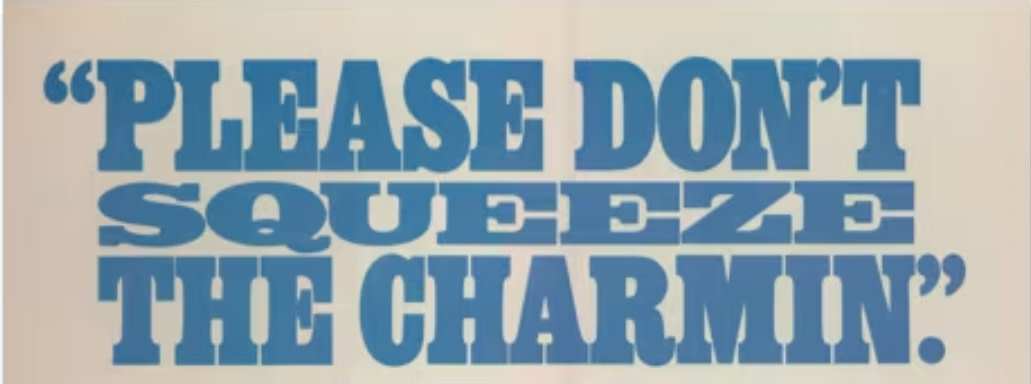
You’ll meet the first Ivory baby here. Not to mention Mr. Whipple, who begged audiences not to squeeze the Charmin. Want to know how a cooking skillet on a camping trip inspired a revolution in 2-in-1 hair care? You’ll find that here, too.
P&G created the Heritage Center & Archives in 1957 to honor the words of J.G. Pleasants, P&G Chief Technology Officer from 1955-1969. Pleasants said, “No company can afford the luxury of rediscovering its own prior knowledge.”
P&G Company Historian and Corporate Storyteller Shane Meeker agrees. “P&G continually enhances consumers' lives through innovative products. We preserve, collect and share those historical stories and insights because it's all inspiration for current and future project teams."

The P&G Heritage Center team (l-r) Greg McCoy, Shane Meeker, Lori Cornwell and Claire Danna lead the company in understanding and deploying the power of corporate heritage to inspire others.
An immersive, educational experience open to P&G employees and special guests, the P&G Heritage Center & Archives’ four-person team annually conducts more than:
- 300 physical and 250 virtual tours
- 13,000 internal requests for research
- 75 story interviews
“We curate a rich repository of P&G's heritage, ensuring that significant narratives and records are safeguarded for future generations,” said Greg McCoy, Corporate Archivist.
Failure Is an Option
One of the Center’s most popular exhibits is the Wall of Failures. While revisiting short-lived products is entertaining, the exhibit is intended to foster a growth mindset. And that starts with P&G’s people. The Company’s grow-from-within philosophy means it’s committed to hiring and developing people who share P&G’s passion for improving lives. It’s a culture that isn’t afraid to try something new.
“If you’re not failing, you’re not innovating,” Meeker said. “Just because something doesn’t work doesn’t mean that it’s a bad idea. The key is that you learn why.”
Insights that Spark Superior Products
With more than 187 years of history, there is a lot to learn. Some of the most important lessons can be gleaned from P&G’s focus on consumer insights and listening to consumers to understand their needs. Seeing what worked in the past (and what didn’t) helps the Company serve consumers even better today through superior products, packaging, brand communication, retail execution and value.
This awareness often leads to first-of-its-kind technology and products that break the mold.

The most recent addition to the Heritage Center is the digital Connections Map. From soaps and candles, to Tide and Crest, the Connections Map demonstrates how P&G’s brands are connected and how the Company extends technologies across categories to solve consumer problems.
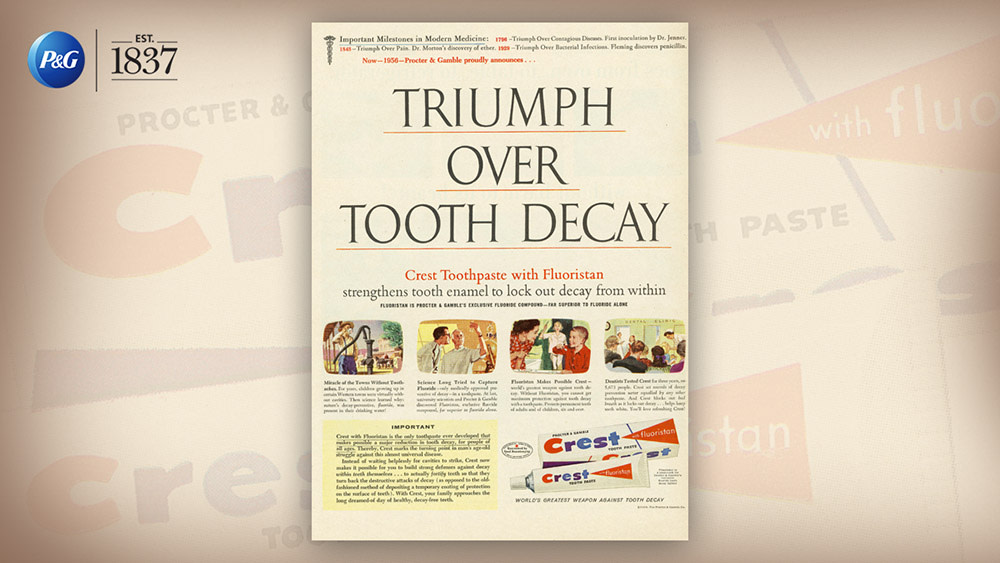
For example, after the launch of Tide, the world’s first heavy duty detergent, the Company began looking at other products and categories that may benefit from this groundbreaking science. One of the first stops was Oral Care, where cavities posed the second largest health problem in the United States. P&G supported early fluoride research at Indiana University and combined those insights with their new detergent science to turn the tide (pun intended) in the fight against tooth decay in 1955 with the introduction of Crest.
Read on for some of the insights and innovations that have led to the Company’s iconic brands.

Ivory — The Brand that Started it All
Multipurpose products may be everywhere today, but one of P&G’s earliest insights — that consumers needed different bars of soap for bathing and laundry — was the catalyst for P&G’s first two-in-one product. Created by James N. Gamble, son of the founder, Ivory was originally called white soap. It was Harley Procter, the other founder’s son, who branded the soap in 1879, packaged it and advertised it.
"Within one year, Ivory was selling 400% better than white soap, and they were the exact same product and the exact same price per ounce," said Meeker. The soap, and its iconic brand, was born.
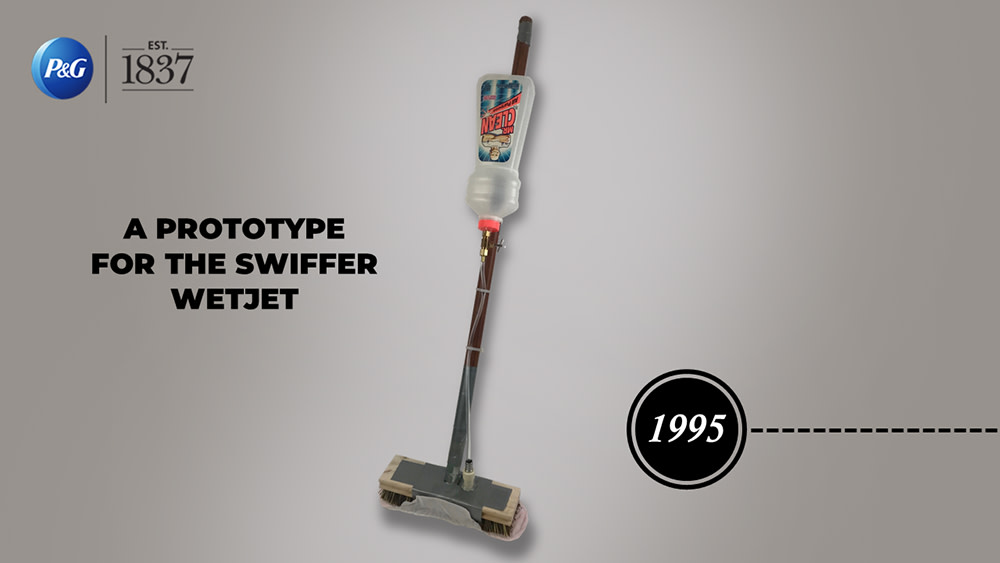
Swiffer WetJet — One Insight for All
Sometimes listening to the consumer isn’t about gathering collective feedback but elevating an individual voice. The Swiffer WetJet came from a single consumer insight — that mopping the floor required a closet full of supplies. Researchers looked to remix existing P&G products to meet this need. Combining highly absorbent non-woven material, like that used in Always pads, with the cleaning power of liquid solutions like Mr. Clean, scientists created Swiffer WetJet in 2001. Not only was it a simpler, more efficient way to clean, it revolutionized the industry and established the Quick Clean category.
2-in-1 Shampoo and Conditioner — From Camping to Clean Up
Breakfast is not just the most important meal of the day. It might be the most inspiring. While on a family camping trip, a P&G scientist made a discovery. Having cooked eggs in one pan and bacon in another, he went to clean up. He had forgotten dish soap but had shampoo. The shampoo easily cleaned the eggs and cooking oil but did nothing against the bacon grease. Eureka! The researcher theorized that if the conditioner was more grease-like then it may be able to resist being cleaned or removed by the shampoo, which is why previous 2-in-1 shampoos always failed. Experimentation proved him correct. This insight led to the launch of the first shampoo + conditioner in 1986 and P&G Hair Care’s global expansion with brands like Pantene and Head & Shoulders.
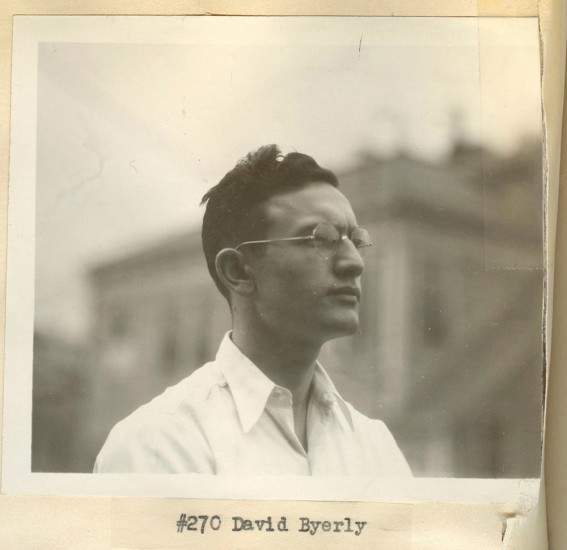
Tide — The Washday Miracle
One of P&G’s most successful failures is Tide. After P&G launched Dreft in 1933, consumers wanted a detergent that was tougher on stains. “Washday” was still an arduous all-day affair, as consumers hand-treated and hand-scrubbed stains. Researchers tried in vain for almost a decade to find a solution, but eventually the project was shut down. One scientist, David Byerly, continued his work with only his manager’s approval, keeping it secret from senior leaders. Byerly’s manager understood the importance of letting innovators work and was willing to run cover for him. This was incredibly important as Byerly would later make a discovery dubbed the “Washday Miracle.” In 1946, fourteen years after the project began, Tide launched as the world’s first heavy-duty detergent.
